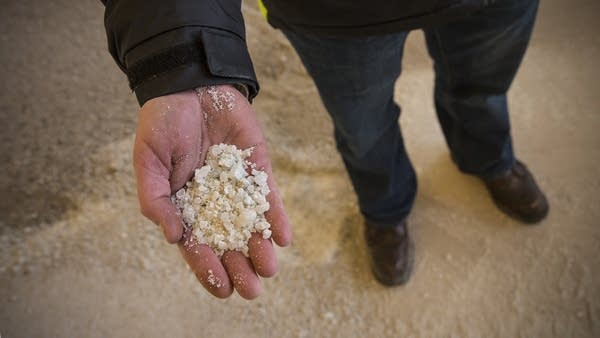Minnesota cities seeking more time to cut salt from wastewater

State regulators say Avon's wastewater treatment plant is releasing too much salt into nearby Spunk Creek, which empties into the Mississippi River.
Paul Middlestaedt for MPR News
Go Deeper.
Create an account or log in to save stories.
Like this?
Thanks for liking this story! We have added it to a list of your favorite stories.


